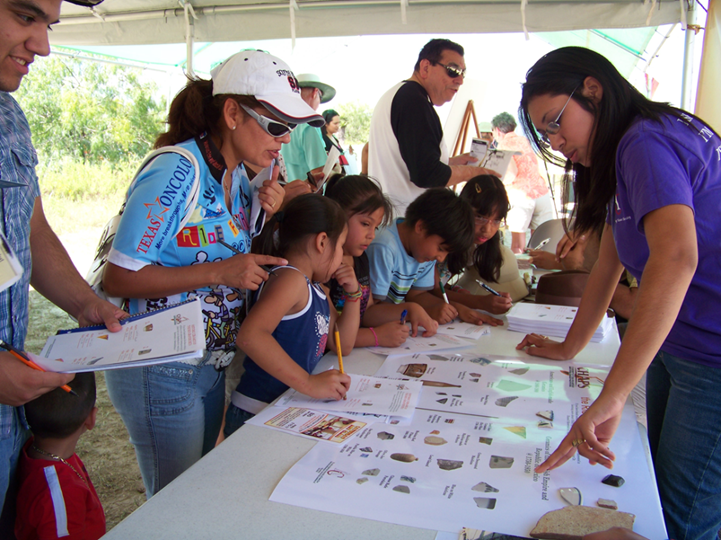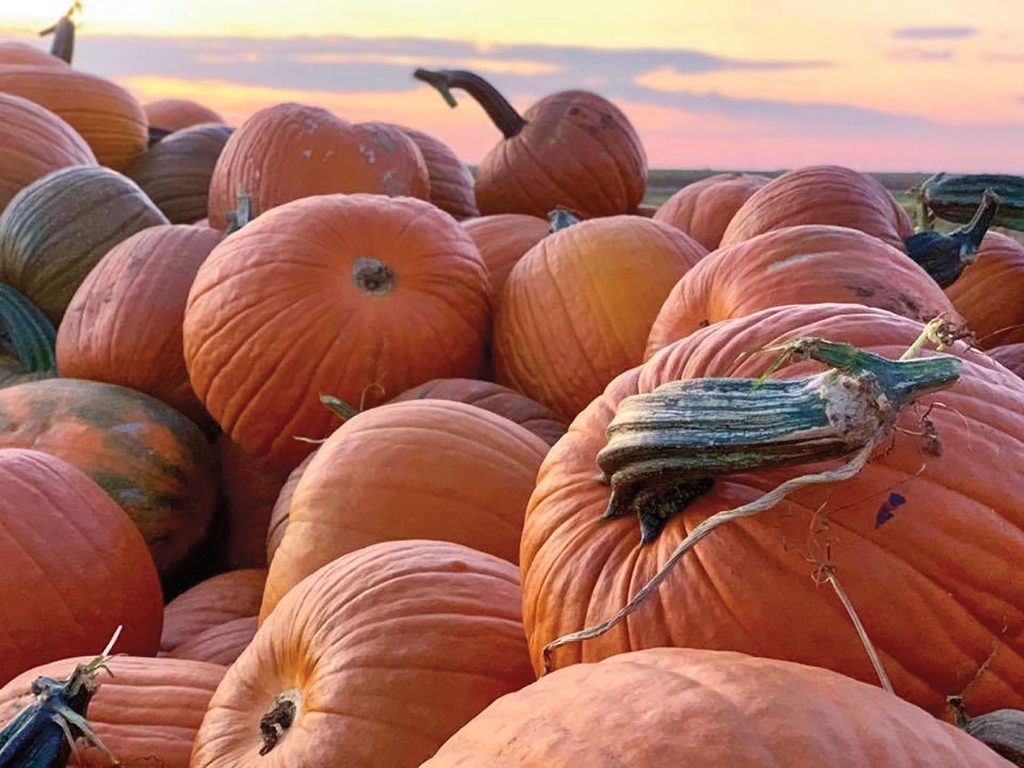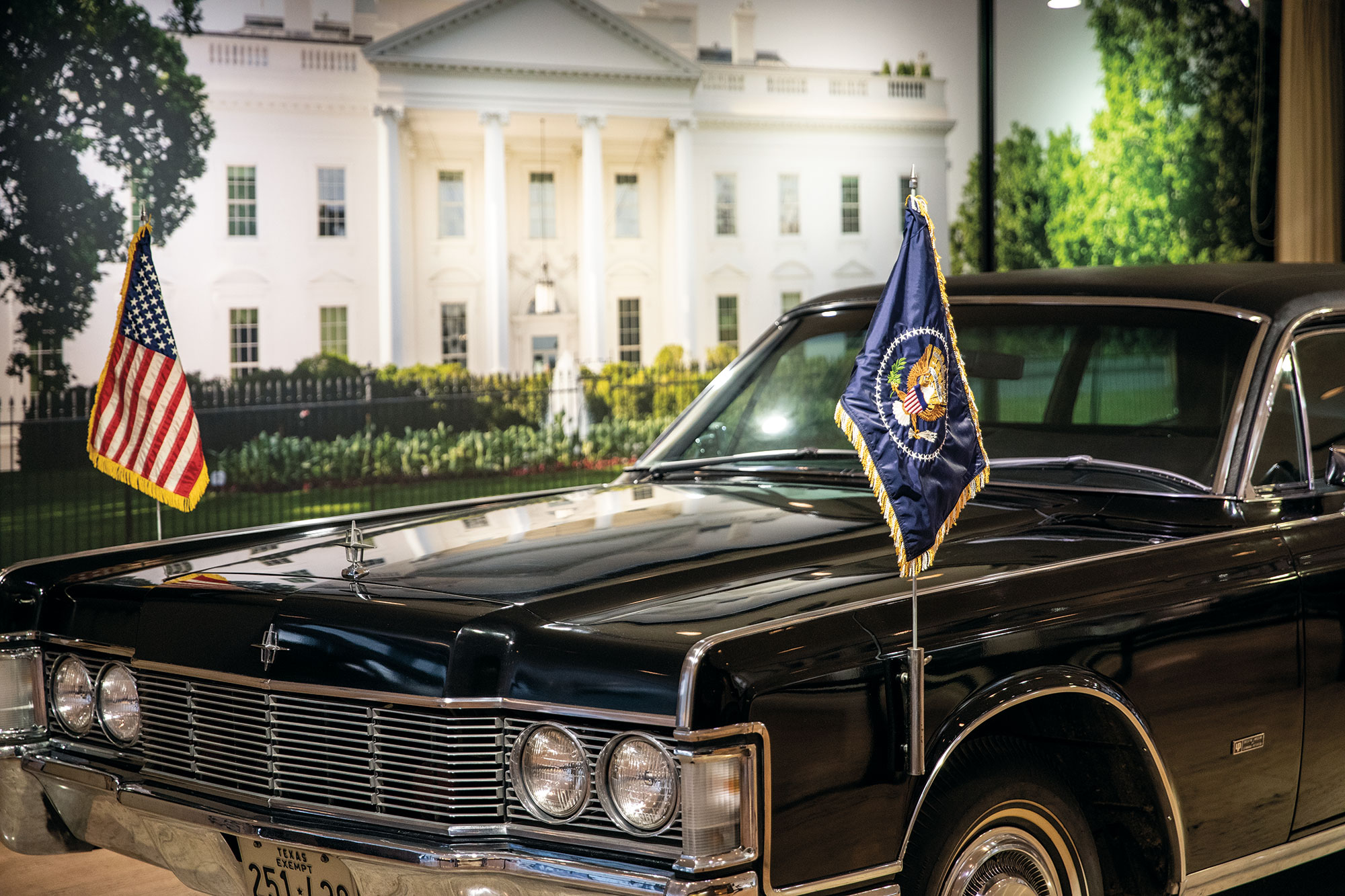
Every May, after the bluebonnets had faded from the hills around Marble Falls, my classmates and I would pack sack lunches, board a diesel-powered school bus, and hit the road. The annual field trip was the last major educational event before the school year ended. Or was it?
I’m not quite sure what I actually learned from these trips. When we visited living-history farms, where we were supposed to learn about pioneer life, I spent the day wondering why the interpreters wanted to dress up in bonnets and ankle-length skirts in the scorching heat. When our school bus drove through the Lyndon B. Johnson State Park in Stonewall, my classmates and I glanced at the historic buildings but we were far more excited about swapping CDs to play on our Discmans. At the LBJ Presidential Library in Austin, I marveled at the endless rows of crimson boxes containing the president’s papers but took only a superficial look at the exhibits about his life. The trips left me with vivid images but few real insights.
Still, these visits made an impression: They taught me that LBJ was a local hero who happened to grow up just down the road from me and went on to become president. As a teenager, I developed a reflexive sense of pride in the president’s Central Texas roots. But as an adult, I have realized President Johnson was a far more complex character. The field trips introduced me to the man, but as a lifelong Texan, I’ve felt obligated to get to know him better.
In the past few years I’ve watched the movies Selma and All the Way, which offer starkly contrasting depictions of LBJ’s attitude toward civil rights. I’ve also read excerpts from biographer Robert Caro’s book Working that portray Johnson as a political genius who sometimes played fast and loose with the rules. I’ve learned that Johnson was often overbearing and crass, yet he cared deeply for the poor and brought opportunity to neglected communities.
So, this past spring, I decided to take my own field trip back to these historic sites. What would I recognize from those initial visits years ago? What ideas that I overlooked then would resonate with me now that I had another few decades of education and life experience?
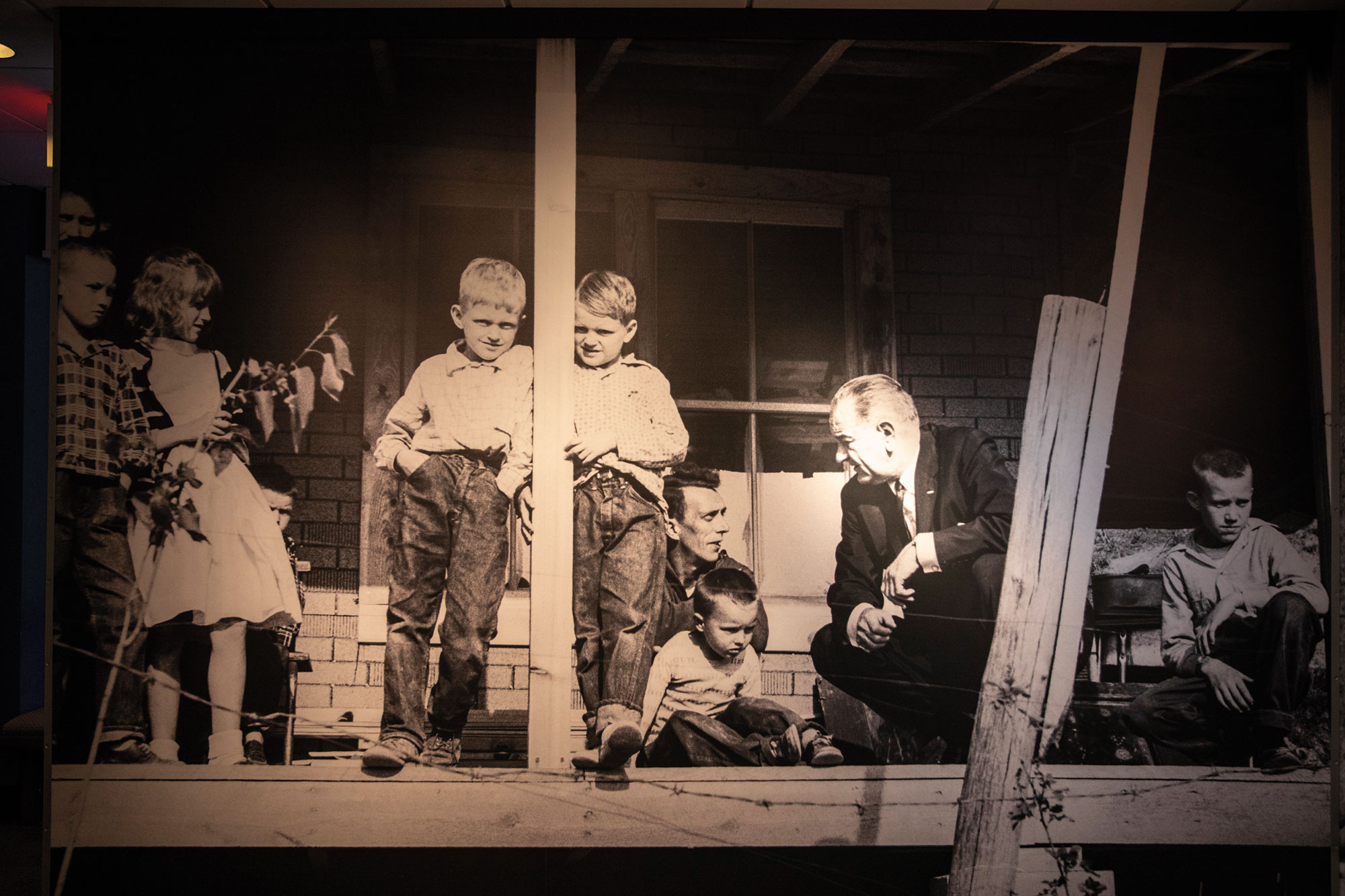
My first stop was the LBJ National Historical Park Visitor Center in Johnson City, where I read about legislation Johnson signed into law. As a high school student, I skimmed the names and dates—boring. But today, I quickly saw the connections between these laws and my life. For example, the Public Broadcasting Act of 1967 facilitated the development of Sesame Street and 3-2-1 Contact, two of my favorite childhood television shows, and the rural electrification programs Johnson championed as a congressman included the formation of the Pedernales Electric Cooperative, the utility that served my childhood home.
Like many kids, I once saw government and policy as the stuff of textbooks, far removed from my daily existence. Now, after years of voting, reading the news, and calling my elected officials, I understand the significance of LBJ’s work. He wasn’t just the hometown boy made good; he effected change that influenced my life, decades after the legislation was signed.
Down the road in Stonewall, I stopped at the LBJ State Park & Historic Site. This includes the Sauer-Beckmann Living History Farm, where interpreters manage farm and household chores the way settlers did around 1915. Johnson wanted the farm preserved to show what life was like when he grew up, before he helped bring electricity to the Hill Country.
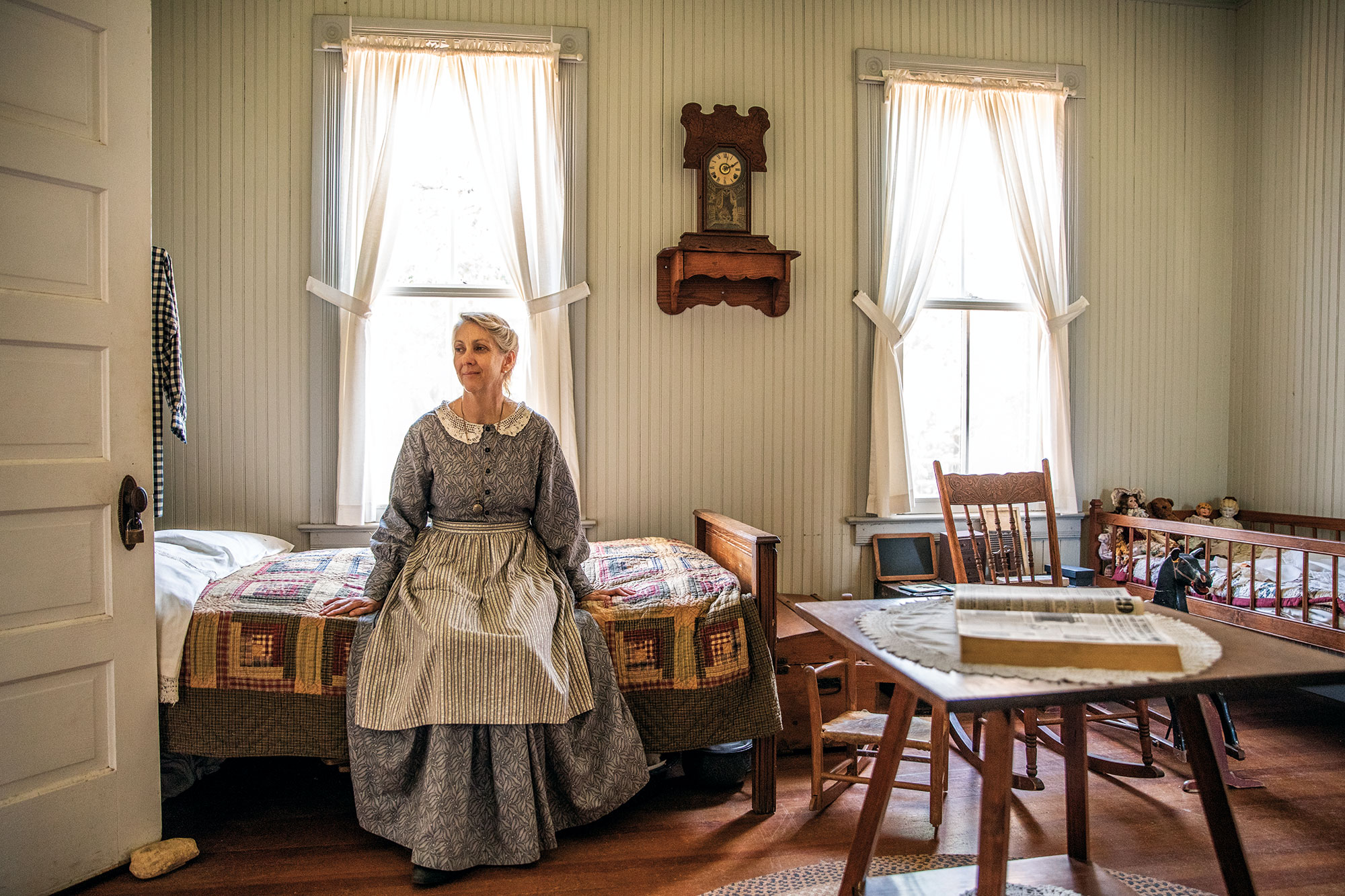
The interpreters showed me the summer garden, recently planted with squash, beans, corn, and okra. Nearby, the storeroom overflowed with mason jars of sauerkraut and produce harvested from the winter garden. A volunteer said that when the team cans food on the wood-burning stove during the summer, the kitchen gets as hot as 120 degrees. Lacking refrigeration, the interpreters, like the original farmers, turn the milk from the cows into yogurt-like clabber, butter, and cheeses that are stored at room temperature.
As I walked to my car, I tipped my hat to LBJ for his strategic request that the farm be suspended in time. The bygone chores are entertaining for kids, but they also drive home two larger points: Life in the Hill Country was terribly difficult without electricity and, by extension, Johnson should be celebrated for his role in providing it.
My last stop was the LBJ Library, where a familiar awe washed over me as I entered the Great Hall. Above me, four stories of crimson archival boxes, their gold seals glowing, stood silent and proud behind full-length windows. Most people come here for the exhibits, but these boxes are the real prize: They hold more than 45 million pages of LBJ’s documents. In my work, I have used them to research hydroelectric power and the construction of the Highland Lakes—something I never would have predicted when I came here in ninth grade.
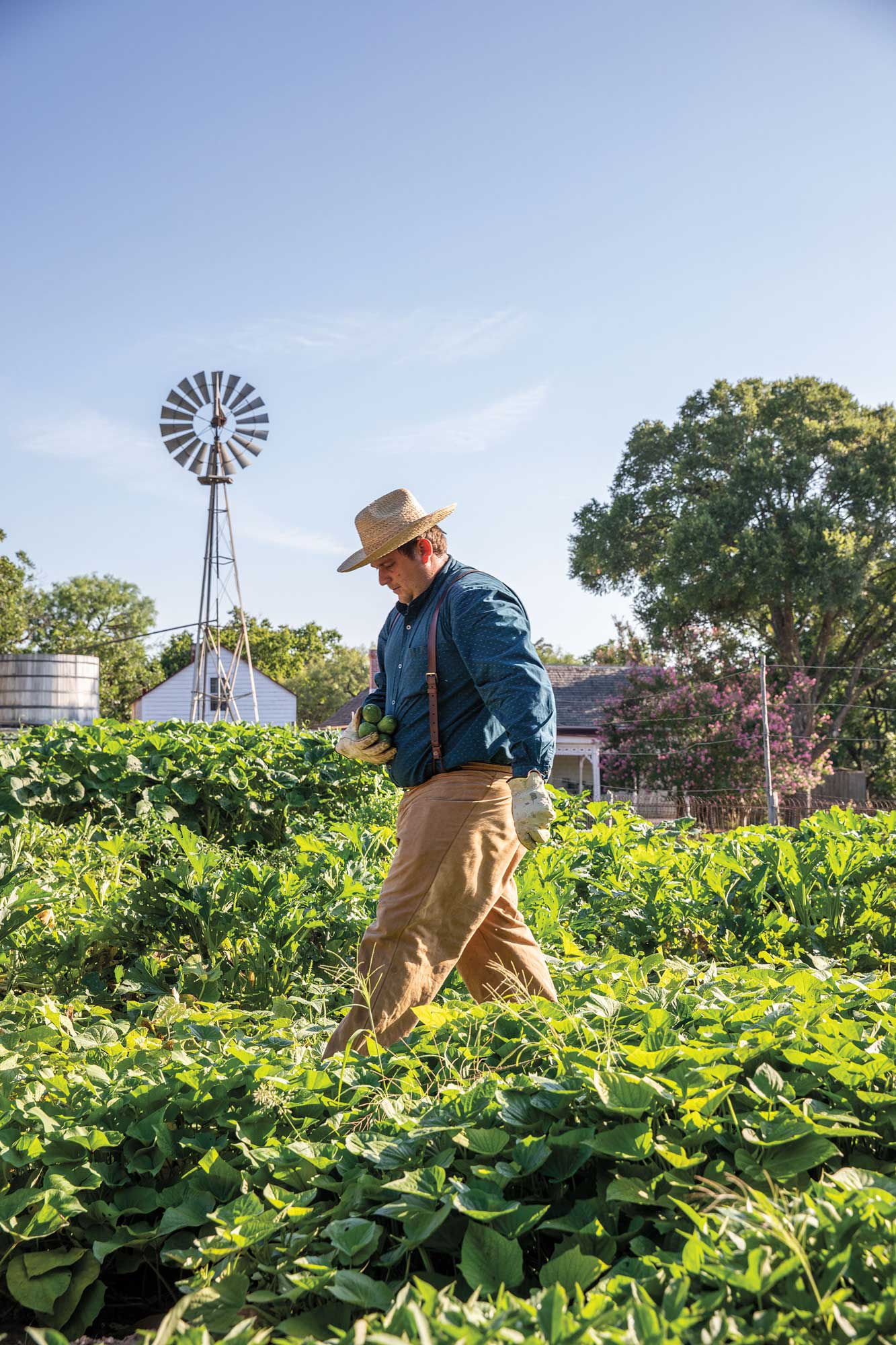
I didn’t remember much more than the crimson boxes from my first visit here, which is a shame. My high school history classes always ran out of time to cover anything after World War II, leaving me to learn about the Vietnam War, the civil rights movement, and the Great Society in college. Today, I was struck by the displays about Medicare, Medicaid, and the Immigration and Nationality Act, all of which Johnson signed into law in 1965. More than 50 years later, the country is still debating how to fund healthcare for its citizens, and where those citizens should come from. I took pictures of the exhibits and scribbled notes about topics I wanted to research further. Before I left, I stopped by the bookstore and added a few titles to my reading list.
On this journey, I was disappointed at myself for how little I had retained from my class field trips, but it’s unfair to judge those experiences against my adult sensibilities. Those trips weren’t meant to change my worldview, but instead to expose me to places and ideas I could revisit later. The real education comes when we’re adults, driven by our own curiosity and exploring on our own terms. The best thing about adult field trips: There’s no quiz afterward.
Lyndon B. Johnson National Historical Park
Visitor Center
Exhibits and films tell stories about the president and Lady Bird Johnson. Tour his boyhood home and the Johnson Settlement, the headquarters of his family’s cattle-droving operation.
830-868-7128
nps.gov/lyjo/planyourvisit/visitorcenters.htm
Lyndon B. Johnson State Park & Historic Site
Exhibits complement self-guided tours of nearby LBJ Ranch. Interpreters at the Sauer-Beckmann farm demonstrate chores from before electricity and running water.
830-644-2252
tpwd.texas.gov/state-parks/lyndon-b-johnson
LBJ Presidential Library
The library is home to the president’s archive and features a museum about his career in public service, complete with a replica of the Oval Office.
512-721-0200
lbjlibrary.org


